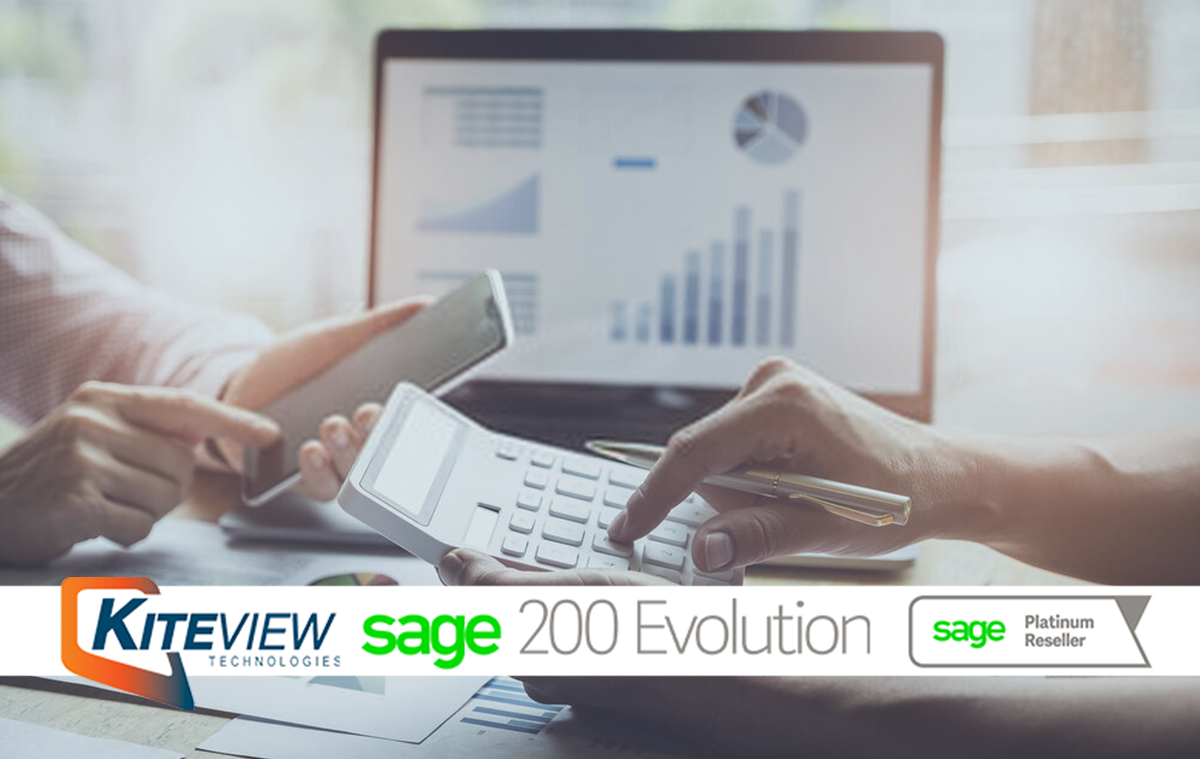Article credit: Sage
A cost-benefit analysis is a vital part of starting and running any project. It gives you the information you need to frame objectives, calculate estimates of needed resources, and define objectives.
In practice, it is the comparative assessment of benefits along with its associated costs.
Performing a cost-benefit analysis is not difficult, but it is often overlooked. Let’s look at how one works.
The value of everything
The first step of your analysis is to attach a value to every aspect of your project or business.
For some things, this is easy – physical assets have a monetary value, for instance. More difficult is calculating values for things like labour. These values may have to be estimated. Wherever possible, you should express these values in monetary terms.
You should also take note of which costs are recurring and which aren’t. Additionally, you’ll want to consider some potential values:
- The cost of not doing a project,
- The cost of your project or business failing, and
- The opportunity costs, or the potential benefits you may have accrued, had you invested your time elsewhere.
Looking forward
No project happens in one moment, so it’s important to consider the potential costs of your project over time – obviously, noting your recurring costs above facilitates this.
Alongside this, you need to work out how far into the future you expect to accrue benefit from your project, as well as certain assumptions:
- Inflation needs to be considered in your analysis, although you will want to convert all values into current monetary values (real cost).
- Lost return on your investment is the amount you would have made by investing the money you spent on the project.
These two figures give you the net present value of your project.
It’s also worth keeping in mind that the further into the future your estimates go, the less reliable they are, as a changing environment can make them redundant.
Intelligent comparison
Once you have calculated your costs and benefits, you’ll need to compare them quantitatively to determine if the benefits outweigh the costs.
If they do, then you have the rationale needed to go forward with the project, based on the objectives and goals contained therein. If they don’t, you’ll need to go back to the drawing board – review your proposed project to see if adjustments are possible that will allow you to take it forward.
If this is not possible, you may have to face the hard fact that your project should be abandoned.
Kiteview Technologies (Pty) Ltd was founded in May 2010 to provide the Sage Evolution Business Management solution to the SME market. The management team of Kiteview have combined +30 years of experience in the delivery of small to mid-market Financial & Business Management solutions. This experience, combined with a sound project implementation methodology has helped in Kiteview’s growth, becoming a Platinum status partner for SAGE Pastel within just 1 year.
Contact Us
For An Obligation Free Quote








